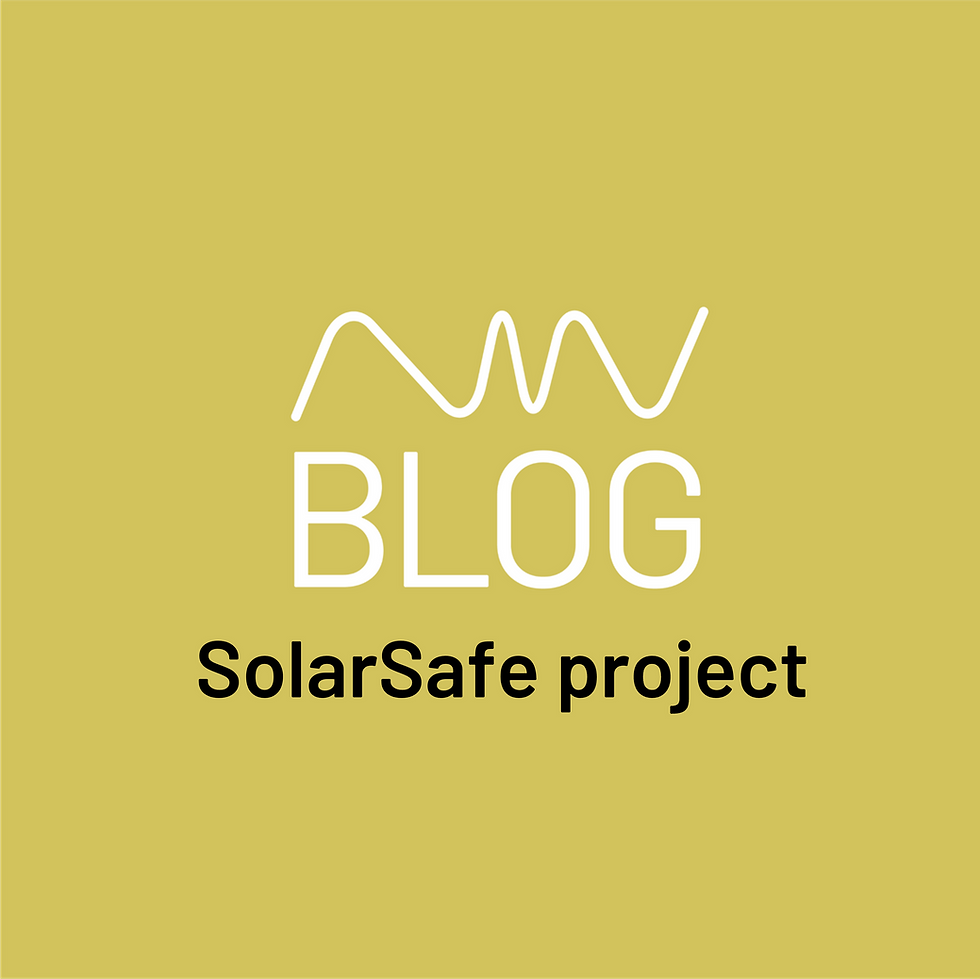Light activated surfaces to prevent spreading of pathogens
- Joanna Witos
- Jun 13, 2022
- 1 min read
Combination of photosensitive dyes and nanocellulose can be used to develop materials that are self-sterilizing and biodegradable.
In the FinnCERES-funded project SolarSafe, the goal is to merge the photoinactivation properties of organic photosensitizers with the mechanical properties of cellulose to develop biodegradable and self-sterilizing materials. The sanitizing approach of the developed composite materials is photodynamic inactivation (PDI), which is based on generation of reactive oxygen species by light exposure. The light-mediated oxygen species can kill and inactivate various pathogens and organisms, which can grow and spread on surfaces causing especially major threats in healthcare units, hospitals, or elderly housings. In parallel, we are developing methods to capture those pathogens into the cellulosic materials, targeting to increase the PDI effect. Additionally, PDI can be used to prevent the growth of multi-resistant organisms (MRO) on surfaces, which has impact to the global health as well as food security and development.
The composite materials developed in the project will be utilized as functional barrier coatings in e.g., packaging, filters, or masks. By generating self-sterilizing coating materials, we can try to stop infective agents before they even get into the body. For instance, in hospitals the coatings could help combating the MRO related problems by inhibiting their growth and spreading. The applicability in masks can also help to protect people from air-borne microbial contaminants by not only inhibiting their spread by capture but also inactivating them.
Meet the SolarSafe team:
Aalto University
Professor Academy Research Fellow
Daniel Langerreiter Anniina Savolainen
Doctoral Candidate Master Thesis worker
VTT Technical Research Centre of Finland




